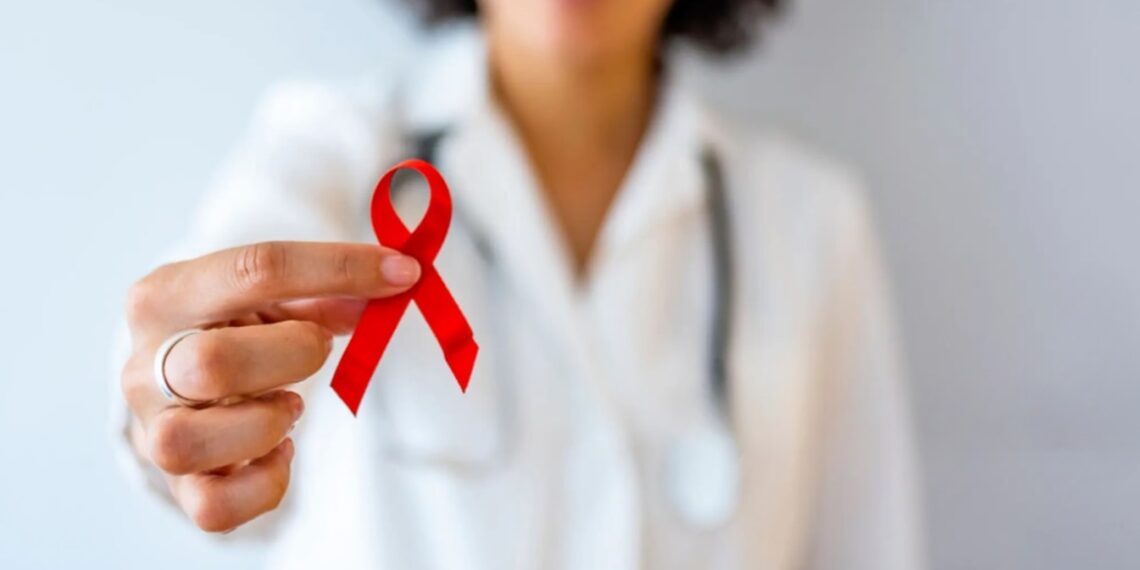ITANAGAR: Arunachal Pradesh has seen a concerning rise in new HIV cases with 902 new seropositive cases reported between April 2023 and March 2024, data from State AIDS Control Society has revealed.
Alarmingly, a staggering 81.71% of these cases, totalling 737 individuals, contracted HIV through the sharing of infected needles and syringes among intravenous drug users.
This marks a significant increase compared to the previous year, where 77.95% of new HIV cases were similarly linked to infected needles and syringes.
Over the last two years, districts such as Namsai and Papum Pare have seen a steady rise in HIV cases, with Namsai recording 714 new cases and Papum Pare and ICR districts reporting 410 cases collectively.
The data also highlights other modes of transmission, including unprotected sex, accounting for 16.30% of cases in the latest reporting period, down from 20.14% in the previous year.
A small percentage of cases were transmitted from parents to children, through infected blood products, and for unspecified reasons.
Since the first case was detected in 1998, Arunachal Pradesh has reported a total of 2,024 HIV positive cases, with 1,171 individuals currently receiving antiretroviral therapy (ART).
The highest cumulative cases are reported from Papum Pare (752) and Namsai (732).
Marbom Basar, project director of Arunachal Pradesh State AIDS Control Society (APSACS), highlighted the importance of preventive measures, urging strict adherence to safe practices to mitigate the risk of HIV transmission.
Despite awareness campaigns, Basar noted a persistent challenge in ensuring compliance with preventive measures, particularly in high-risk behaviours like unprotected sex and needle-sharing among drug users.
The demographic breakdown of HIV cases shows a significant proportion among individuals aged 20 to 44 years, comprising over 50% of diagnosed cases, with those aged 30 to 44 years representing more than 25% of total cases.
Additionally, 242 cases have been reported in individuals below 20 years of age.
Efforts continue to educate and empower communities to adopt safer practices and seek timely medical intervention to curb the spread of HIV/AIDS in the state.















